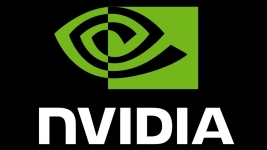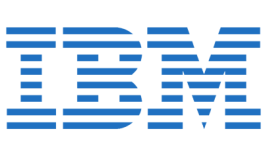The mutual interest was obvious. On one end, IBM wanted to extend the realm of the OpenPower Consortium as far and wide as possible, because the future of high performance computing does not necessarily lie in x86. On the other end, the Chinese government was seeking to occupy every space where the future of high performance computing is playing out. Which is why China will have its Power8 processor, with IBM granting an industrial license for its architecture to a company created for the occasion, Suzhou PowerCore.
Similarly to what ARM does (intelligently) to unite a community of hardware and software developers, to develop an ecosystem and to ensure that its architectures live on, IBM continues to open up to businesses interested in the new iteration of Power. Until now, there haven’t been very many major participants. In addition to Google, which is always in the right place at the right time, NVIDIA and Mellanox are also in the mix. But the arrival of a Chinese designer adds another dimension, especially since the agreement specifies that Suzhou PowerCore may modify the Power8 plans as it sees fit and have the resulting processors manufactured where it pleases.
As our regular readers know, the Beijing Academy of Sciences, which serves as a governing body for HPC in the Celestial Empire, is currently working on no less than six different processor architectures. Which is further evidence of the importance the Chinese attribute to high performance computing. With Power8, the objective, however, is more commercial than technical or strategic. According to Suzhou PowerCore officials, the projects targeted by these processors, aiming for the first half of 2015, are less oriented toward research than “large-scale analytics” and Big Data.
The first versions of Power8 – all developers combined – are scheduled for September of this year. IBM spokespeople have announced 12 cores running at 4 GHz with 8 threads per core, 96 MB of L3 cache on the die and 128 MB of L4 cache in the memory controllers, for a sustained memory bandwidth of 230 GB/s and an I/O bandwidth of 48 GB/s, that is, approximately twice as much as the Power7+. Since Suzhou PowerCore is a subsidiary of C*Core, another Chinese company which has produced more than 90 million SoCs (ARM, etc.) so far, the Power8 made in China should be widely distributed. What benefits it will have over its Western competitors now remains to be seen.
© HPC Today 2024 - All rights reserved.
Thank you for reading HPC Today.































